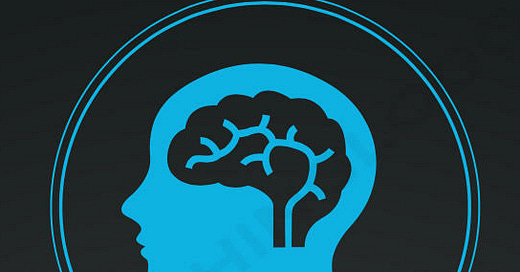The Discipline of Machine Learning
Summary: The discipline of Machine Learning has evolved over the past 50 years from exploratory efforts into a robust field shaping modern technology. ML focuses on building systems that improve with experience, tackling questions that intersect Computer Science, Statistics, and Psychology. Its applications include speech recognition, computer vision, bio-surveillance, robotics, and data-driven scientific discovery. ML excels in areas where manual algorithm design is impractical, enabling systems to adapt dynamically and customize their functionality. It also bridges human and animal learning, drawing insights from neuroscience to enhance algorithms. Current research explores utilizing unlabeled data, transferring learning across tasks, and balancing data privacy with the benefits of data mining.
Attention Is All You Need
Summary: The Transformer, a novel architecture for sequence transduction, eliminates the need for recurrence and convolutions by relying solely on attention mechanisms. Unlike traditional encoder-decoder models that use complex recurrent or convolutional layers, the Transformer leverages a simpler structure that is highly parallelizable and significantly reduces training time. Experiments demonstrate its superiority, achieving a BLEU score of 28.4 on the WMT 2014 English-to-German translation task, surpassing previous models by over 2 BLEU. Similarly, it sets a new single-model state-of-the-art BLEU score of 41.8 on the English-to-French translation task after just 3.5 days of training on eight GPUs. Beyond machine translation, the Transformer generalizes effectively to other tasks, such as English constituency parsing, even with limited training data. This marks a significant step forward in sequence modeling efficiency and versatility.
ImageNet Classification with Deep Convolutional Neural Networks
Summary: A large, deep convolutional neural network was trained to classify 1.2 million high-resolution images from the ImageNet LSVRC-2010 contest into 1000 distinct classes. This model achieved top-1 and top-5 error rates of 37.5% and 17.0% on the test data, outperforming the previous state-of-the-art. The network, comprising 60 million parameters and 650,000 neurons, includes five convolutional layers (some paired with max-pooling layers) and three fully connected layers culminating in a 1000-way softmax. To expedite training, non-saturating neurons and an efficient GPU-based implementation of the convolution operation were utilized. Overfitting in the fully connected layers was mitigated through "dropout," a regularization method that proved highly effective. A variant of this model entered the ILSVRC-2012 competition, achieving a winning top-5 test error rate of 15.3%, significantly outperforming the second-best entry at 26.2%.
Going Deeper with Convolutions
Summary: A deep convolutional neural network architecture, codenamed Inception, was proposed to set a new state-of-the-art benchmark for classification and detection in the ImageNet Large-Scale Visual Recognition Challenge 2014 (ILSVRC14). This architecture's key innovation lies in its improved utilization of computing resources within the network. Through a carefully designed structure, the depth and width of the network were increased while maintaining a constant computational budget. Architectural decisions were guided by the Hebbian principle and the concept of multi-scale processing to optimize performance. One specific implementation of this architecture, known as GoogLeNet, is a 22-layer deep network, whose quality was evaluated in the context of both classification and detection tasks.




